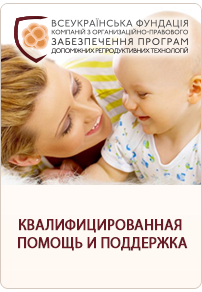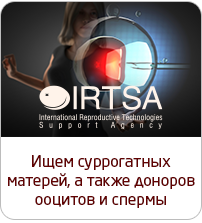The woman dubbed Octomom for having eight babies via fertility treatment was implanted with a dozen embryos, a California state attorney has said.
This is twice the number Nadya Suleman claims were implanted.
Furthermore, a fertility expert told yesterday's hearing that such a high figure was unheard of.
Deputy attorney general Judith Alvarado told the Medical Board of California that Dr Michael Kamrava's action endangered the mother and violated national standards of care.
The hearing is being held to consider revoking or suspending the Beverly Hills physician's licence.
In her opening statement Ms Alvarado said Dr Kamrava 'knew that a 12-embryo transfer was unsafe'.
National guidelines issued by the American Society for Reproductive Medicine (ASRM) specify no more than two embryos are to be used in in vitro treatments for a healthy woman under 35.
The board set aside two weeks for the hearing to determine whether Dr Kamrava was negligent.
Dr Victor Y Fujimoto, an expert witness for the medical board and director of the University of California San Francisco In Vitro Fertilisation Programme, testified that 12 embryos or blastocysts being transferred into a uterus is unheard of.
He reviewed hundreds of pages of medical records from Ms Suleman and other patients before giving testimony.
'I cannot imagine any colleague of mine transferring that many embryos,' said Dr Fujimoto, adding he'd never transferred that many himself.
High-order multiple births can result in long-term developmental delays, cerebral palsy and various life-threatening ailments.
Fertility specialists have criticised Dr Kamrava's methods, saying he endangered Ms Suleman's health and the long-term health of the babies.
Ms Suleman's babies, born nine weeks premature in January 2009, are the world's longest-surviving set of octuplets.
Ms Suleman, a 33-year-old divorced single mother of 14, said Dr Kamrava implanted her with six embryos for each of her six pregnancies and two of them split when she had octuplets.
Dr Fujimoto said Ms Suleman, identified as 'N.S.' by the medical board, actually requested 12 blastocysts to be transferred into her, but it is the physician's job to make a decision not to transfer embryos, even when a patient insists.
Much of Monday's testimony went beyond fertility medicine claims, as Dr Kamrava is accused of failing to refer Suleman for a mental health evaluation before giving her repeated fertility treatments.
Dr Fujimoto said Dr Kamrava made an 'extreme departure from standard of care' by failing to refer Suleman for an evaluation after she said she wanted twins on the heels of delivering her second child.
Her request, Dr Fujimoto said, came in October 2002, after Suleman had borne two children through Dr Kamrava's treatments who were only 17 months and four months old.
'For me it raises a huge red flag,' said Dr Fujimoto.
'It's a very unique request for twins after having just had a second child. In my opinion at that point it would have been reasonable to ask the patient or to request a mental health evaluation.'
Typically, expenses, health concerns or other factors preclude parents who are struggling to conceive from having more than one or two successful in vitro treatments.
Monday's testimony also called into question claims Miss Suleman has made in past interviews that she underwent the in vitro treatment that led to the octuplets because she didn't want her frozen embryos to go to waste.
Dr Fujimoto testified that she never used frozen embryos and has 29 frozen embryos available.
Before the octuplets' birth, the unemployed Miss Suleman and her six children lived with her mother, relying on food stamps, school loans and disability payments for her two autistic children to get by.
More recently, Miss Suleman has tried to use her notoriety for income through the tabloid media, but she struggles to pay rent and is facing a $450,000 balloon payment on her La Habra home.
Unlike Miss Suleman, Dr Kamrava has kept a low profile.
In July, he made a rare appearance in an ABC 'Nightline' interview, defending his treatment of Miss Suleman by saying it was 'done the right way'.
Though other doctors in the field say they're not impressed with it, Dr Kamrava has long touted a method of in vitro fertilization that implants an embryo - or sometimes sperm with an unfertilised egg - directly into the uterine lining.
Dr Kamrava suffered a blow to his prestige last year when he was kicked out of the American Society for Reproductive Medicine, but the non-profit group does not have legal authority to prevent him from practicing medicine.
The board's accusation says Dr Kamrava was also negligent in his treatment of two other patients.
He is accused of implanting seven embryos in a 48-year-old patient, resulting in quadruplets, but one foetus died before birth.
Dr Fujimoto called the number of blastocysts implanted 'an extreme departure' from standards of care.
In another case, Fujimoto said that Kamrava went ahead with in vitro fertilization instead of referring his patient with a history of cancer to a specialist after tests detected atypical cells, which can indicate presence of a tumor.
The patient was later diagnosed with stage-three cancer by another doctor and had to undergo removal of her uterus and ovaries before undergoing chemotherapy.









